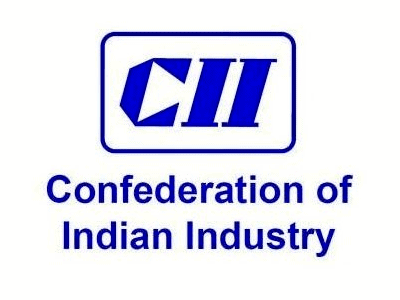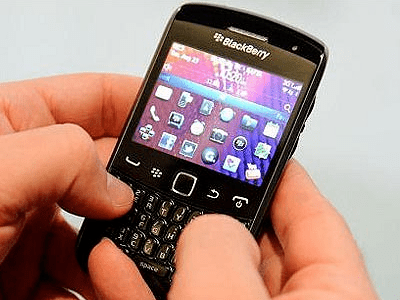Role of the Internet and social media in India’s anti-corruption movement: Roadmap to clean government, growth and opportunity for every citizen
Share This Post
Corruption is a significant and pervasive issue throughout the world and India is high on the list of countries adversely impacted by it. Most recently, the revolutionary movement, rated one of the “Top 10 News Stories of 2011” by Time magazine, led by Anna Hazare via a series of continuous demonstrations has fuelled the urgency of having a strong legislation with enforcement to abolish endemic political corruption.
Over the years, the prevalence of corruption has been attributed to the economic, political, and cultural factors of a country. In a February 2011 speech, US Secretary of State Hillary Clinton highlighted that the Internet has become the public space of the 21st century-the world’s town square. The role of IT, especially the Internet, is very important to bring about a change in the mindset of the masses. As the understanding of and reduction of corruption is crucial for the prosperity and growth of a country like India, access to information pertaining to government programmes and policies through the Internet becomes very significant.
The role of information technology in reducing corruption enables the masses as well as policy makers to develop practically implementable solutions, which can become a reference point for formulating an appropriate policy framework.
The Internet had a big impact on the movement against corruption in 2011 by making the information accessible on corruption generated threats, arbitrary changes in Government policies and demands for bribes by Government babus widely and easily accessible.
The latest Telecom Regulatory Authority of India (TRAI) report for the period ended September 2011 states that total broadband (>256 kbps) subscriber base reached 12.84 million as compared to 10.29 million at the end of September 2010. This represented a healthy year-on-year growth of 24.8%. The report also stated that the actual users in offices and cybercafes could be far greater than the reported numbers.
Internet and social networking sites like Facebook and Twitter are powerful weapons that can curb the menace of corruption and lead to greater transparency in public life by publicizing India’s situation vis-a-vis economic and governance best practices followed around the world, highlighting ongoing corruption cases and applying pressure on corrupt organisations and individuals. The free distribution and wide reach of the Internet and social media channels is critical in the fight to reduce corruption and renew the social fabric. This can give rise to a virtuous cycle of transparent policy making, clean government and faster economic growth.
A global study on IT and corruption conducted in 2011 indicates that an increase in access to the Internet in a country by 20 percent lowers corruption by 0.60 points. Thus, this very clearly supports the argument that greater the Internet penetration, lower the corruption levels.
However, some questions still need to be answered, before IT or the Internet gain wider acceptance as a tool to empower individual citizens and curb corruption:
1. How can India’s leaders engage the masses through participation via the medium of the Internet in awareness campaigns and public programs, such as those promoting healthcare and including movements against corruption in public life?
2. How can common citizens and the Government work together through making detailed progressive information on government activities and economic / employment opportunities available online?
Since a growing number of countries have thought of using IT as an anti-corruption tool, it is vital that we in India also put in place a framework of public debate and interaction that can positively influence the formulation and delivery of government policies, programs and projects. In India, while Internet penetration is on the rise, a lot of work still remains to be done to improve the quality of bandwidth and the availability of Internet access, as widely and easily as television.
With the increasing penetration of mobile phones and the availability of high speed data services via 3G / 4G networks, ICT innovations like “Government on your SIM card” can help to easily and cheaply deliver relevant information and government services to the remotest corner of the country. This will help India become a democracy in its truest sense, where every citizen has a right to equal opportunity to health, happiness and prosperity. Through greater adoption of Information Technology driven solutions, India can set a new benchmark of ‘value convergence’ in which corruption in public life is universally disfavoured.













